How to Get More Skills From Your E-Bike

E-bikes are a la mode today. From sleek, trendy designs to extreme functions, you can find a gazillion models of e-bikes in the market. With all this variety, there is something available for everyone! Riding an e-bike is similar to riding a bicycle (with a few added switches, of course) – but its upkeep and technique are slightly different.
On an e-bike, certain components require periodic attention. Mastering the knowledge of how things come together and work helps you be a better, more confident, efficient e-bike rider and enjoy the trials. It also helps you care better for your bike, enabling it to last longer and perform optimally each time you take it for a spin.
This blog discusses some techniques and skills for you to polish to better utilize your e-bike and become a blazing rider! Read on. (You might want to also know about Fat Tire Bike)
1. Correctly tune your suspension
It’s important that the suspension is adjusted to your riding weight, including full riding kit, , pads, backpack and helmet etc.. Almost all manufacturers have a table with the recommended air pressure in the fork. As a rough guide for the shock, we recommend setting the sag (negative suspension travel) to about 25%.
2. Less tyre pressure
Tires are one of the primary factors that impact your ride quality. When you decide to purchase an electric trail bike, make sure you read up all there is to know about tires.
Tires on e-bikes are broader and larger than your traditional bicycles - this creates more "drag" with the ground while pedaling. It hardly matters, though, because you have a motor to assist you if pedaling gets hard. In any case, it pays well to choose the right tire width that lets you optimally utilize your own effort and the battery power in tandem such that it lasts you your entire adventure.
Another thing to keep in mind is the tire pressure. As you ride your e-bike more and more, you will come to understand the subtle nuances that change with tire pressure and let you know it is time to get it checked. Always have the tires in top condition before taking your e-bike out on an adventure.
While having your tyres at a high pressure that makes them hard means they roll better, it's less good for climbing. This is because the tyre deforms less as it rolls, so there's a smaller contact patch with the ground, which means less traction and grip. At the other end of the spectrum, softer tyres will have a huge contact patch and therefore plenty of traction, but as a result will also be very hard work to move, like cycling through treacle. You'll be at higher risk of pinch flats.
It's all about finding the sweet spot where your grip and rolling resistance are optimal. Small increases and decreases – one or two PSI – can make all the difference, so we recommend spending some time experimenting with tyre pressures to see what works best for you.
3. Drop the seat post
A dropper seat post is what contributes to a more efficient and better ride. So if you don’t have a dropper seat post, we recommend that you retrofit one as soon as possible and that until then you lower the saddle for the exercises that follow. If you’ve got a dropper seat post on your bike, you can adjust it according to the kind of riding you’ll be doing.
4. Flat pedals
Flat pedals are much more confidence inspiring when you work on your riding technique. If you’re feeling a little wobbly, you can quickly get your feet off the pedals, and you won’t get stuck as you might with clipless pedals. Also, you won’t develop poor technique, like you often see when people learn bunny hopping with clipless pedals.
5. Balance on your E-bike
As soon as the wheel rolls on its own, it is time to balance your E-bike. This comes due to the slight incline or the strong pedal kick. To do the balancing, stand up on the pedals, in the center of the bike. Keep the crank levels, and put the entire body weight completely on the pedals. The position of the body requires the knees not to be straight but to have a certain curvature. This will help the body relax. Additionally, hold the handlebars with both hands, and control the direction. When the pedals are firmly pressed with the entire body weight, the hands will feel and get almost no pressure. This helps and is the best way to balance the electric bike.
6. Going uphill
Hills are traditionally the cyclist’s enemy, you have to fight gravity with every pedal stroke, they can be hard work and for some people enough to stop them cycling. An e-bike makes hills easier, you still need to pedal of course but the electric motor takes the strain. On hills Boost mode really comes into its own and you will immediately feel the difference. Although pedal assist is doing a lot of the work some technique can help hills feel even easier. Keep your head up focus on the top of the hill, this lifts your chest and shoulders so you can breathe more deeply. Maintaining a regular cadence helps pedal assist to supply the extra power you need smoothly. If you want to stop on a climb it can be tricky to re-start, make sure you are in a very easy gear and low pedal assist mode, point your bike 45 degrees across the slope to make the gradient a little flatter and push off, gradually shifting into a higher gear and engaging Boost once you are balanced on the bike. After you’ve tackled your first climb on an e-bike you will feel so strong and positive you will never fear hills again!
If you follow and adjust to these tips, you will experience an entirely different, more professional, and enjoyable mountain e-bike ride. You will soon see for yourself how the technique can affect the entire ride and provide you with the best experience.
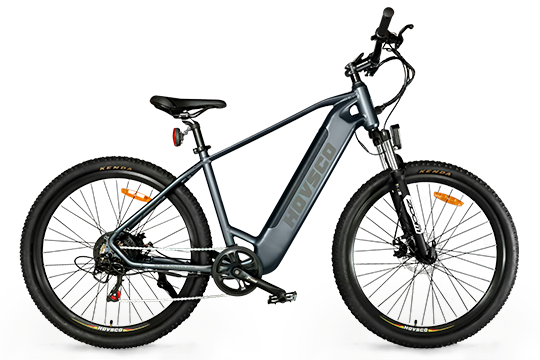
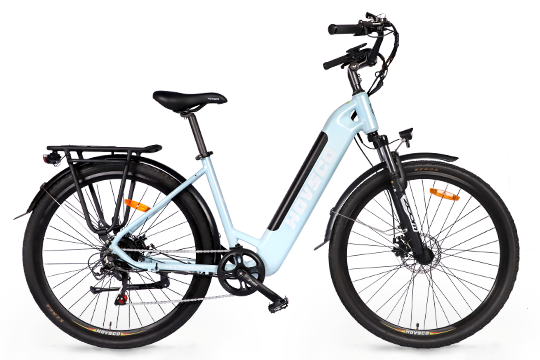

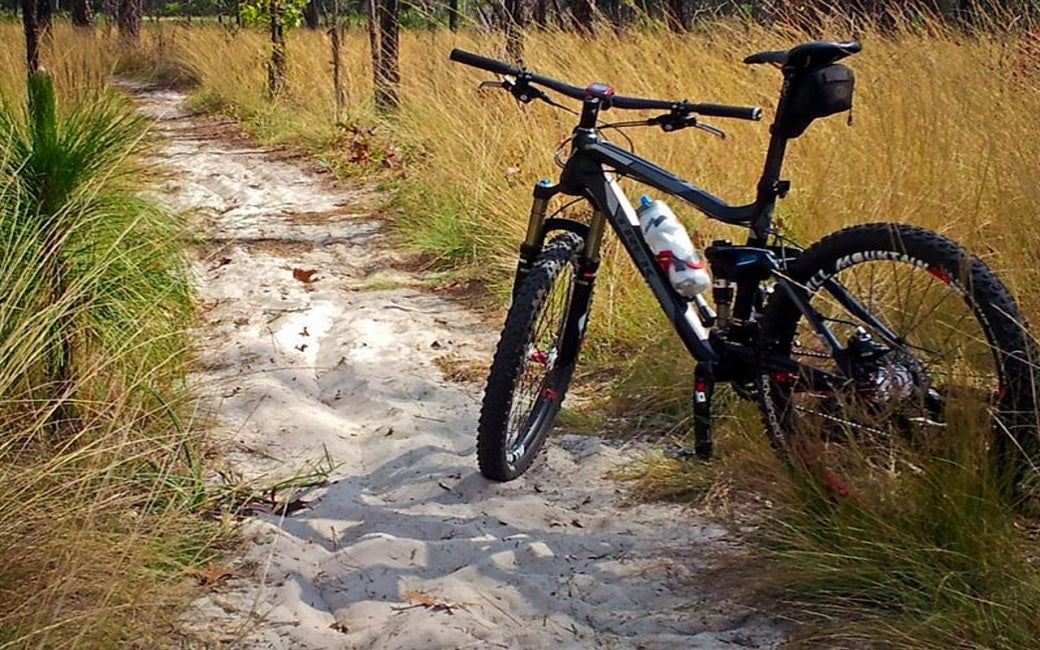
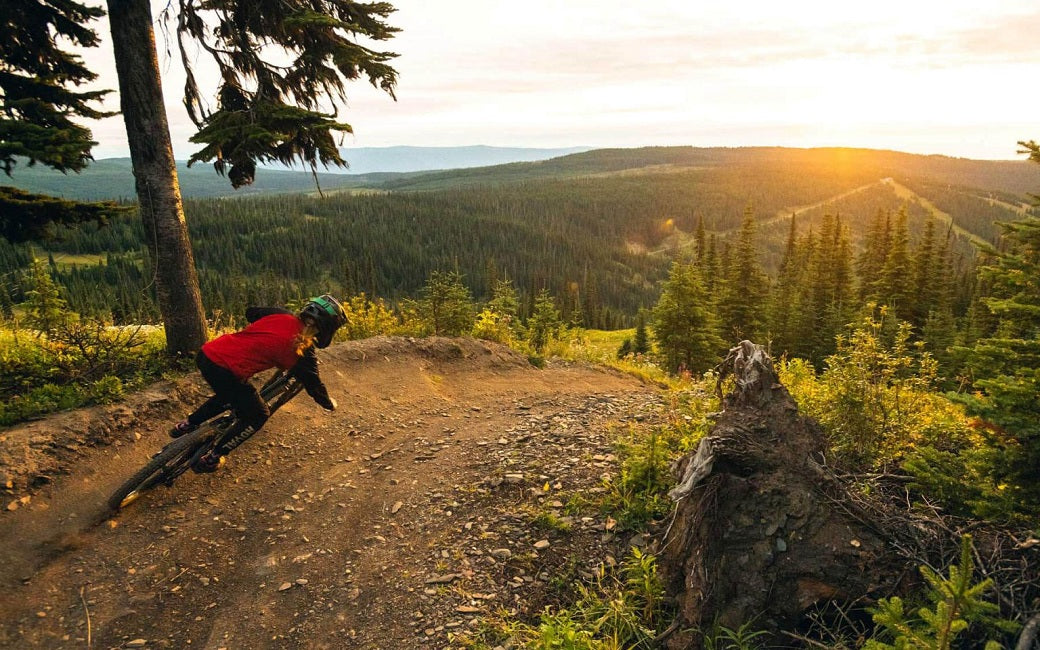
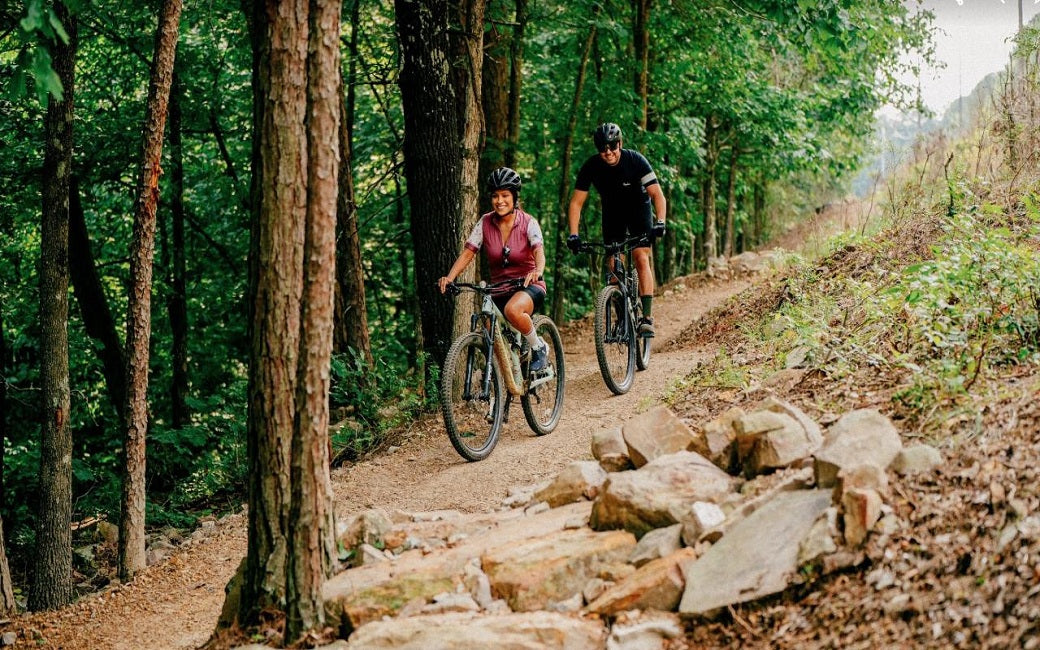
Leave a comment